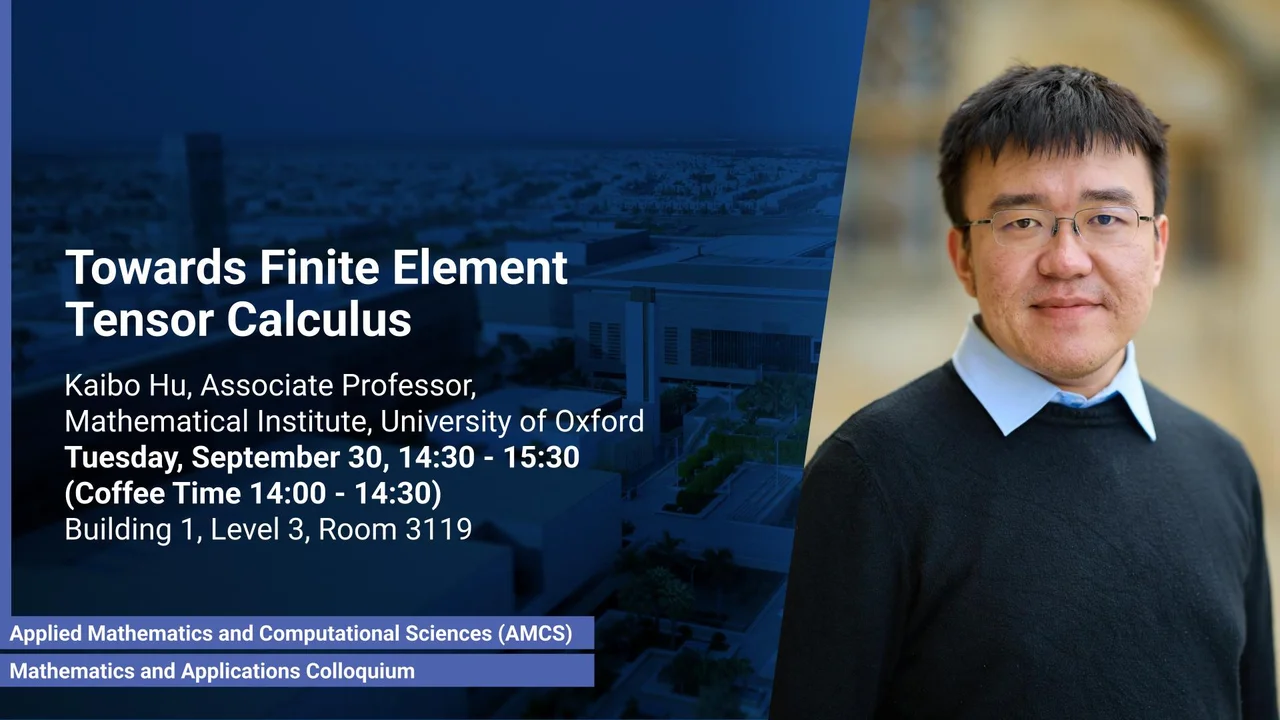
Towards Finite Element Tensor Calculus
In this talk we provide an overview of some efforts to develop finite elements for tensors, motivated by the need for structure-preserving and compatible discretization.
Overview
Classical finite element methods discretize scalar functions using piecewise polynomials. Vector finite elements, such as those developed by Raviart-Thomas, Nédélec, and Brezzi-Douglas-Marini in the 1970s and 1980s, have since undergone significant theoretical advancements and found wide-ranging applications. Subsequently, Bossavit recognized that these finite element spaces are specific instances of Whitney’s discrete differential forms, inspiring the systematic development of Finite Element Exterior Calculus (FEEC). FEEC provides a cohomology framework for structure-preserving discretization of a broad class of partial differential equations (PDEs), leading to a periodic table of finite elements. These discrete topological structures also emerge in fields like Topological Data Analysis.
In this talk we provide an overview of some efforts to develop finite elements for tensors, motivated by the need for structure-preserving and compatible discretization. Combined with FEEC, the Bernstein-Gelfand-Gelfand (BGG) construction provides a tool for encoding tensor symmetries and differential structures. At the continuous level, we systematically derive new differential complexes from the de Rham complex. At the discrete level, we introduce a canonical discretization of form-valued forms, or double forms, which include geometric entities like the metric and various notions of curvature, as well as stress and strain tensors in continuum mechanics. The extended periodic table of finite elements includes Whitney forms, Christiansen’s finite element interpretation of Regge calculus, and various distributional finite elements for fluids and solids as special cases.
Presenters
Kaibo Hu, Associate Professor, Mathematical Institute, University of Oxford
Brief Biography
Kaibo Hu is a Senior Research Fellow and Associate Professor at the Mathematical Institute, University of Oxford, and a Royal Society University Research Fellow. His research focuses on numerical partial differential equations and structure-preserving discretizations, particularly on finite element exterior calculus (FEEC) and applications.
He earned a PhD from Peking University in 2017, followed by postdoctoral positions at the University of Oslo and the University of Minnesota, and a Hooke Research Fellowship at University of Oxford. After serving as a Reader at the University of Edinburgh, he joined Oxford in 2025. He received the SIAM Computational Science and Engineering Early Career Prize (2023), and currently he is the PI of the ERC Starting Grant project GeoFEM (Geometric Finite Element Methods).